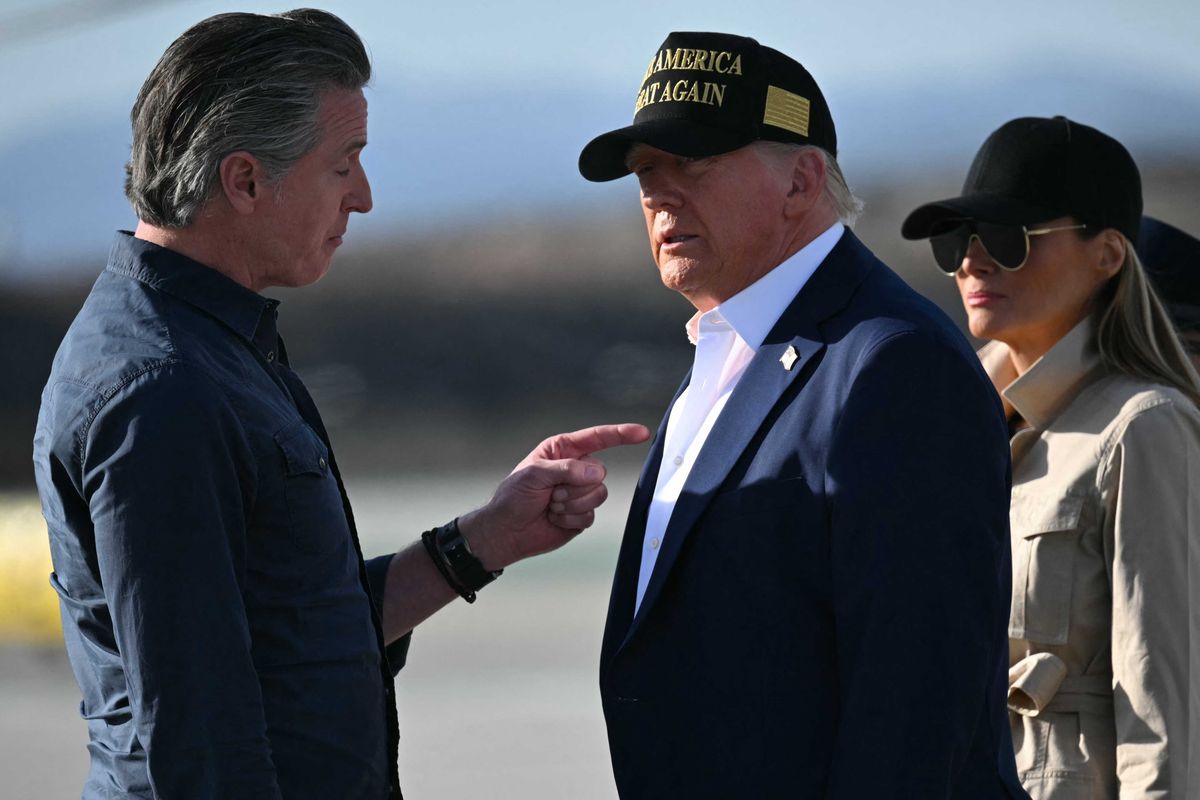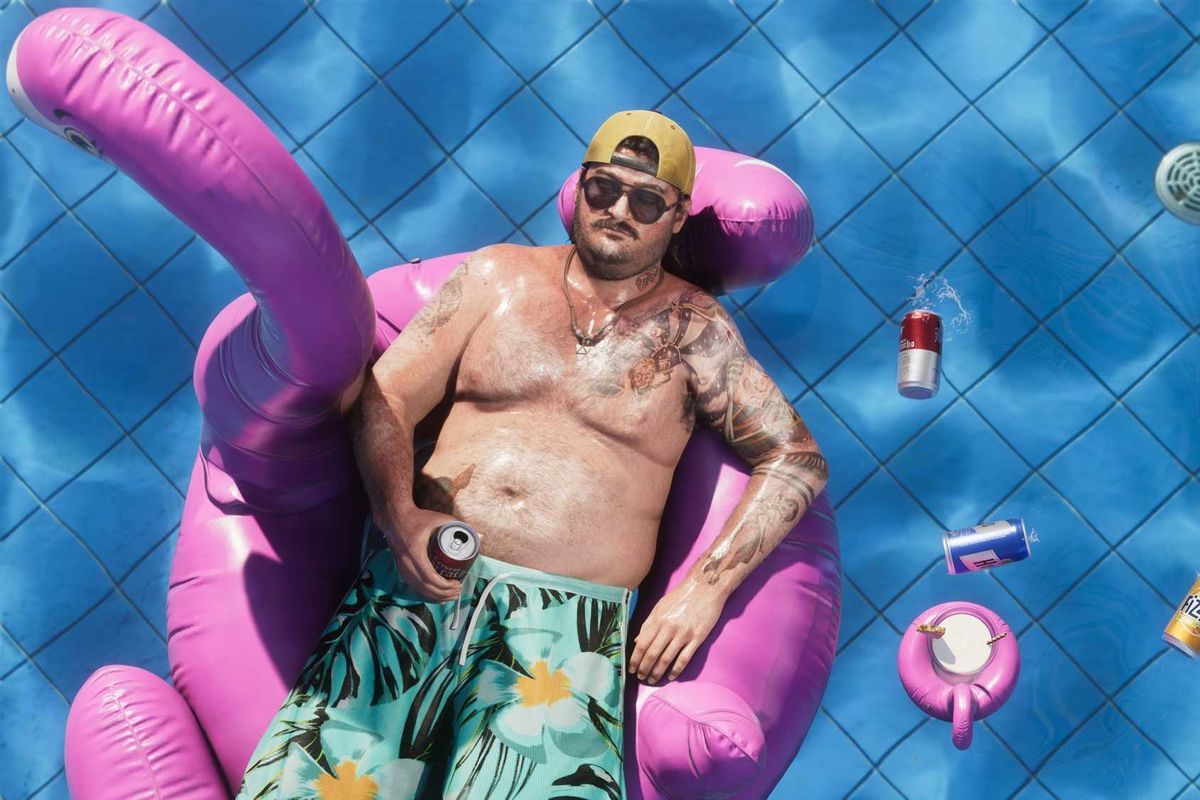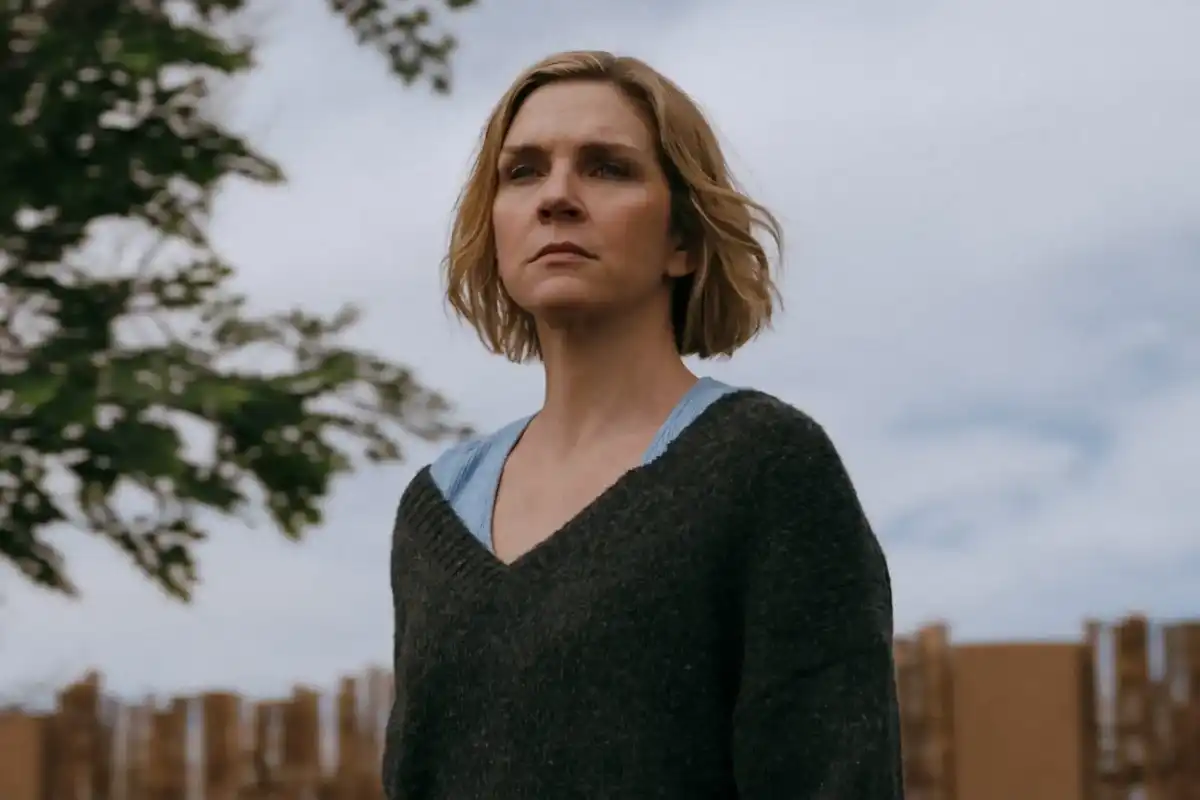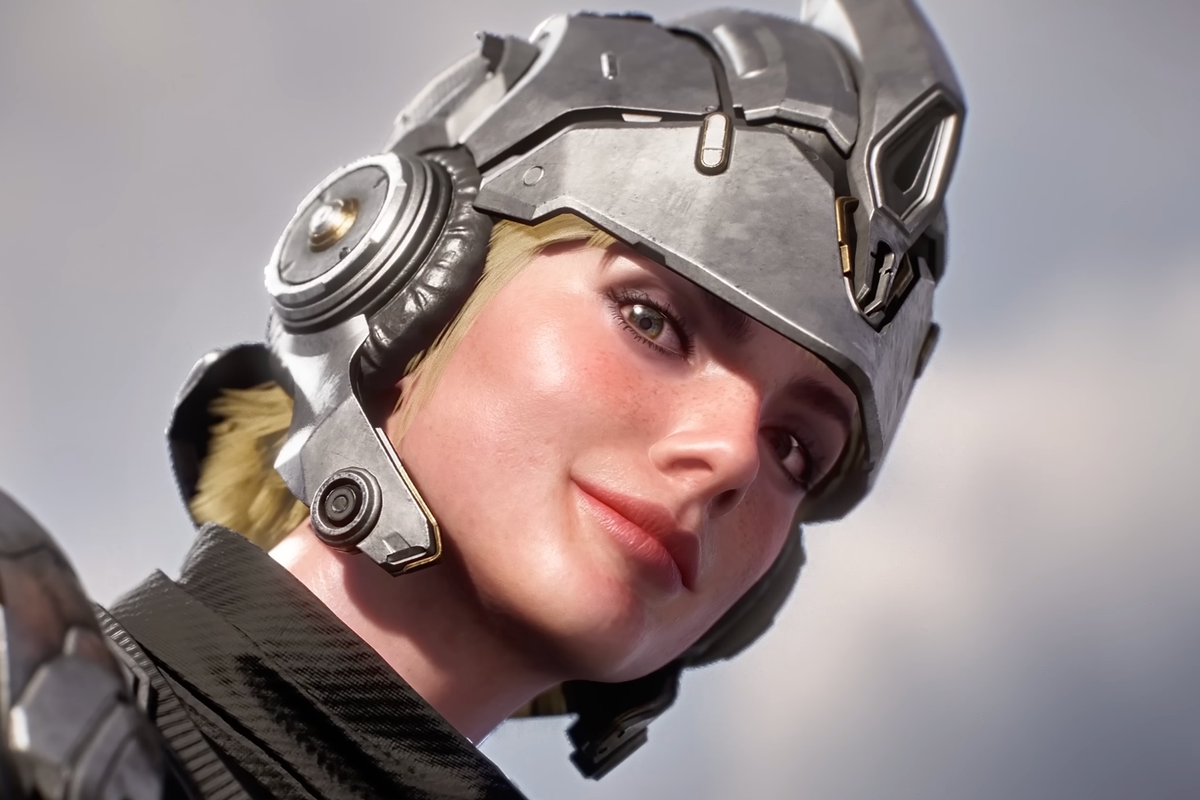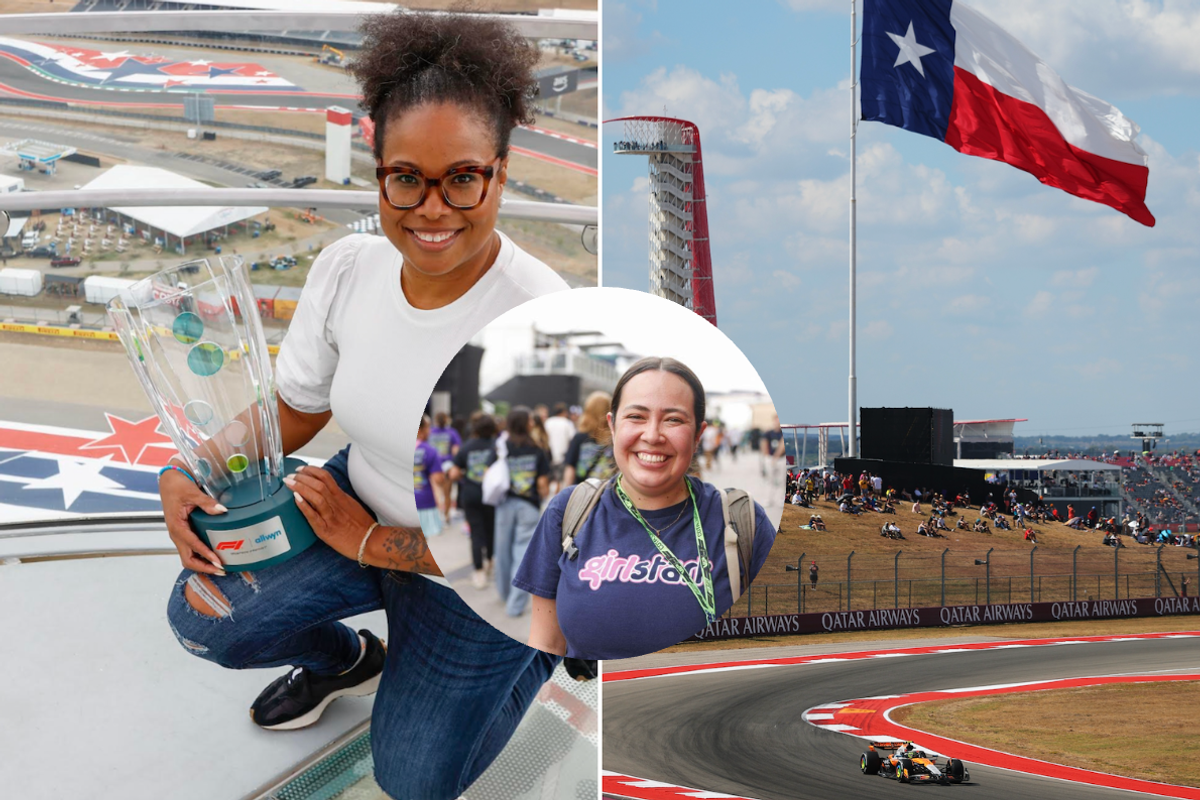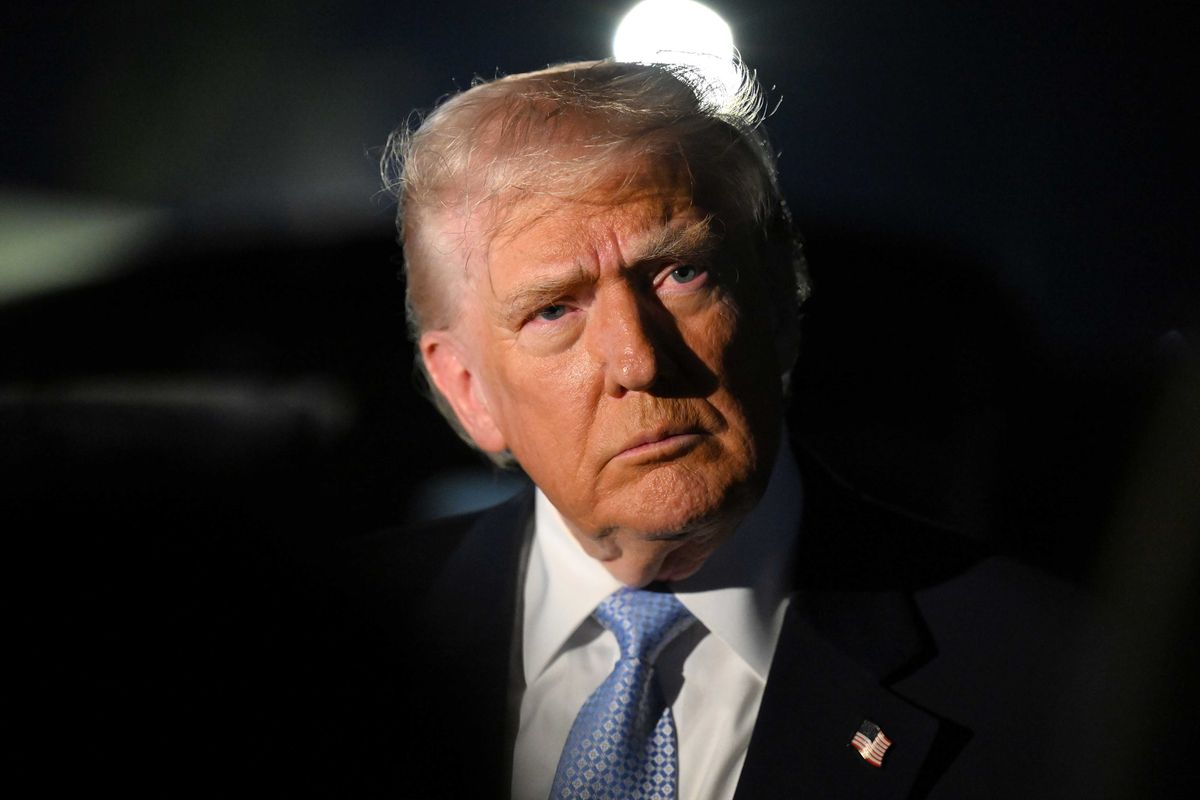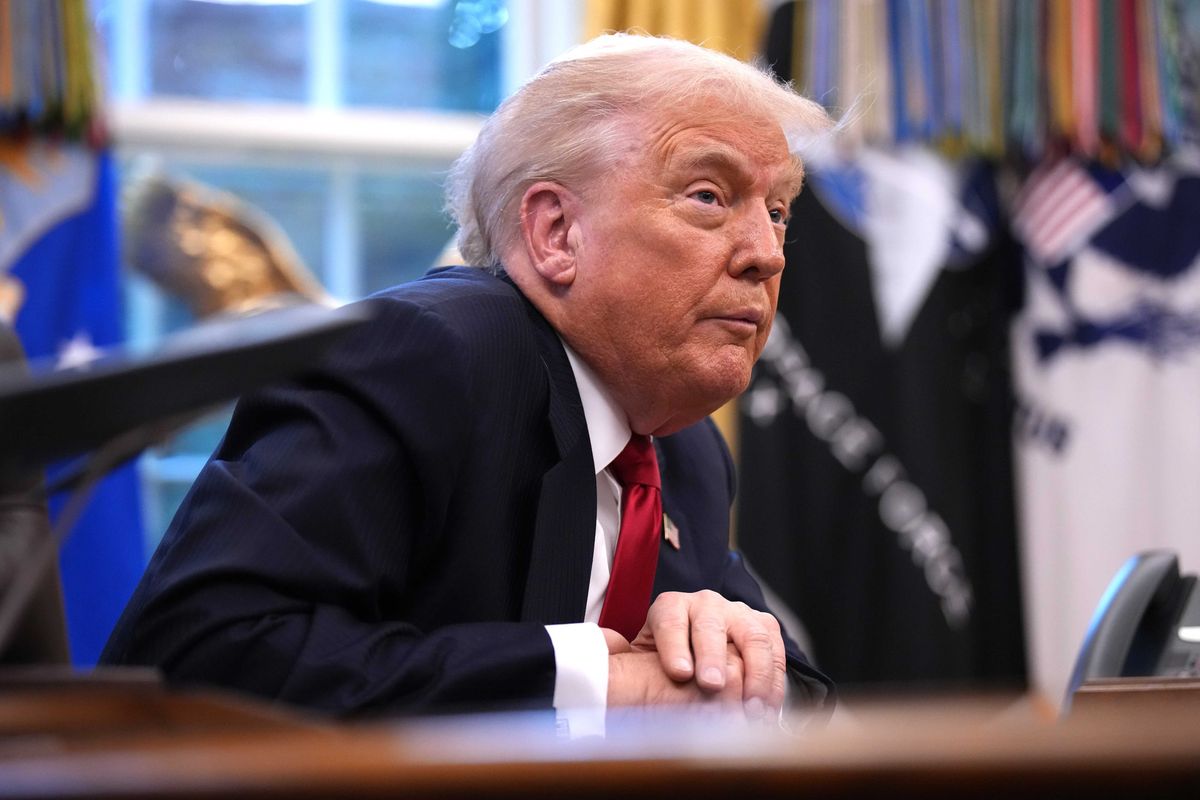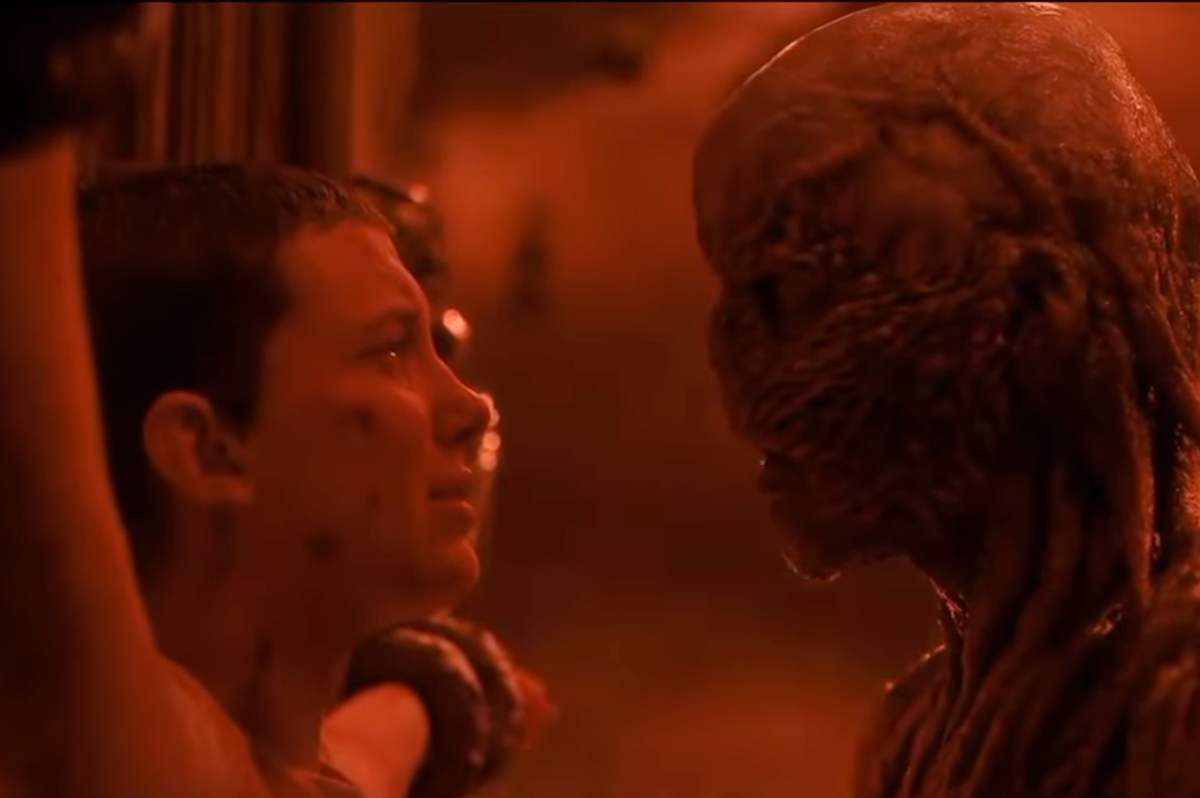News
Joe Vesey-Byrne
Jul 18, 2017
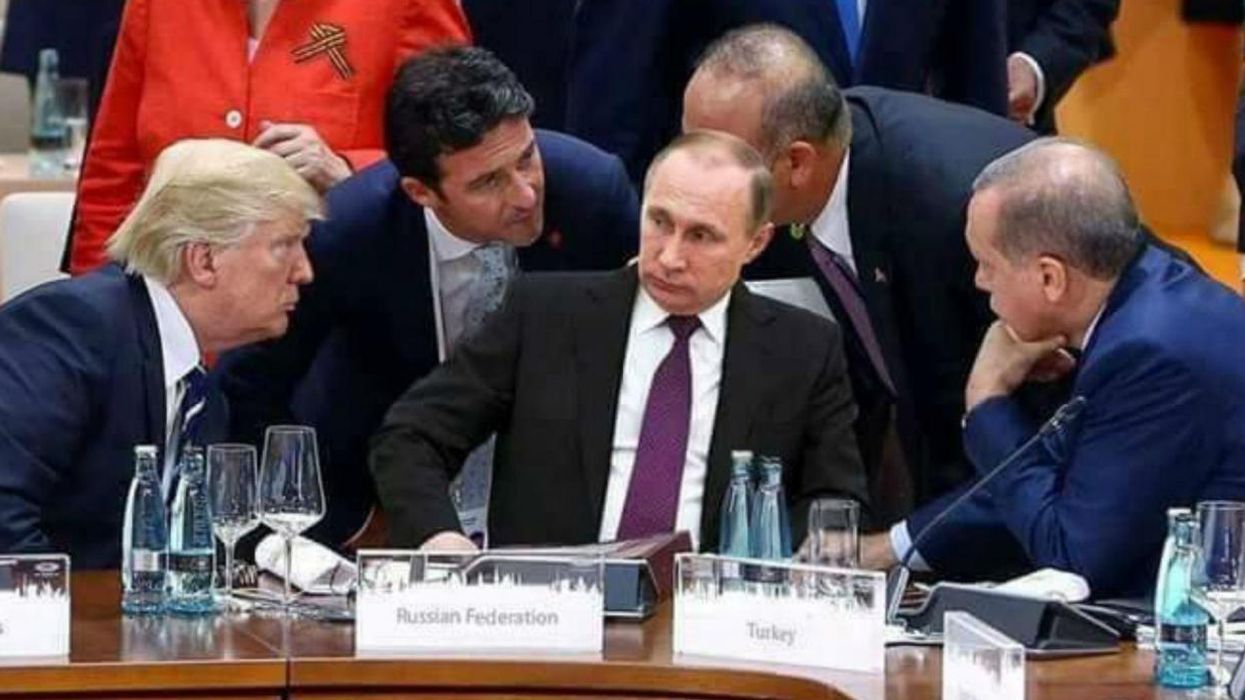
Picture:
Twitter screengrab / Getty images
Spotting fake news is easy, right? Especially when the photos are obviously doctored.
A new scientific study from the University of Warwick may explain why tens of thousands of Twitter users shared this image from the last G20 summit.
It wasn't real.
PhD student Sophie Nightingale, has published the results in Cognitive Research: Principles and Implications.
The study asked over 700 participants to examine two photos, and determine which one had been doctored.
Results showed that four in 10 people could not identify an image that had been doctored.
Which image is the original?
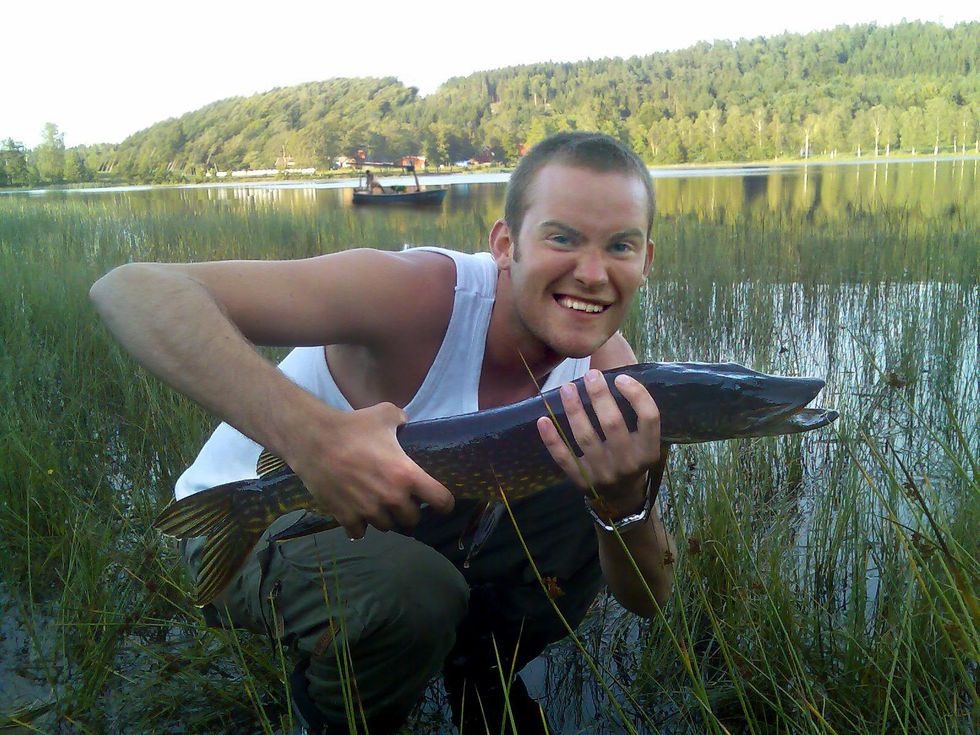
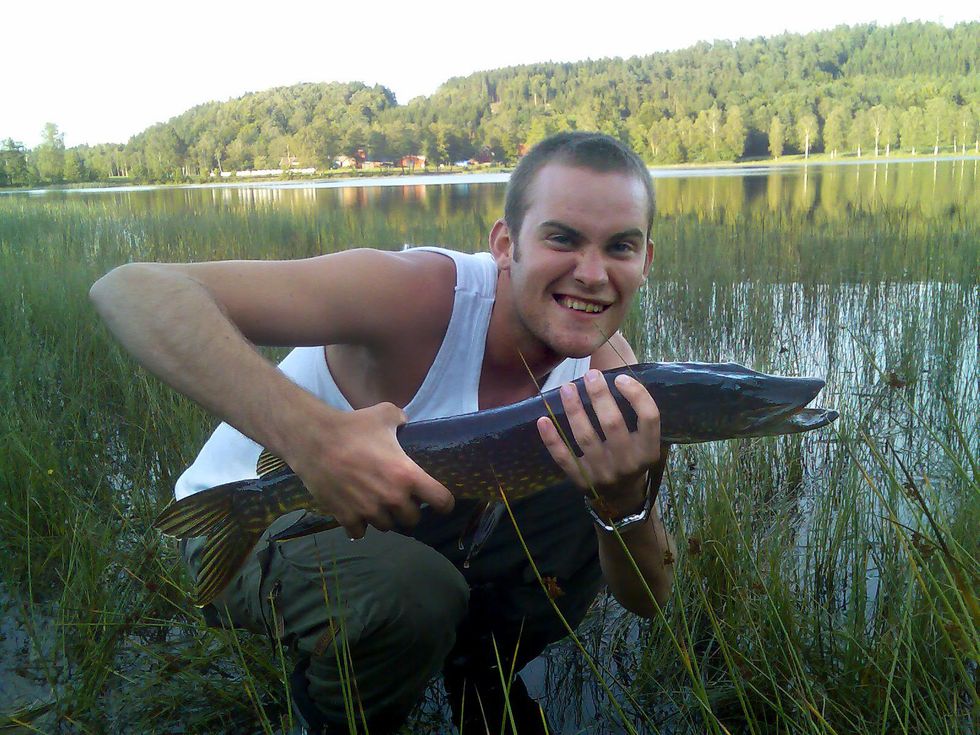
Participants were asked 'Do you think this photo has been digitally altered?'.
The 60 per cent success rate at identifying the fake photos is at least better than the 50/50 odds of getting that question right.
The study also found that even those who correctly guessed an image was fake, only 45 per cent could identify what was wrong with it.
In total 10 images were taken from Google from the study, and six of these were subjected to five different manipulations.
Participants were never shown the original and one of the manipulation of the same photo twice.
So what's been changed?
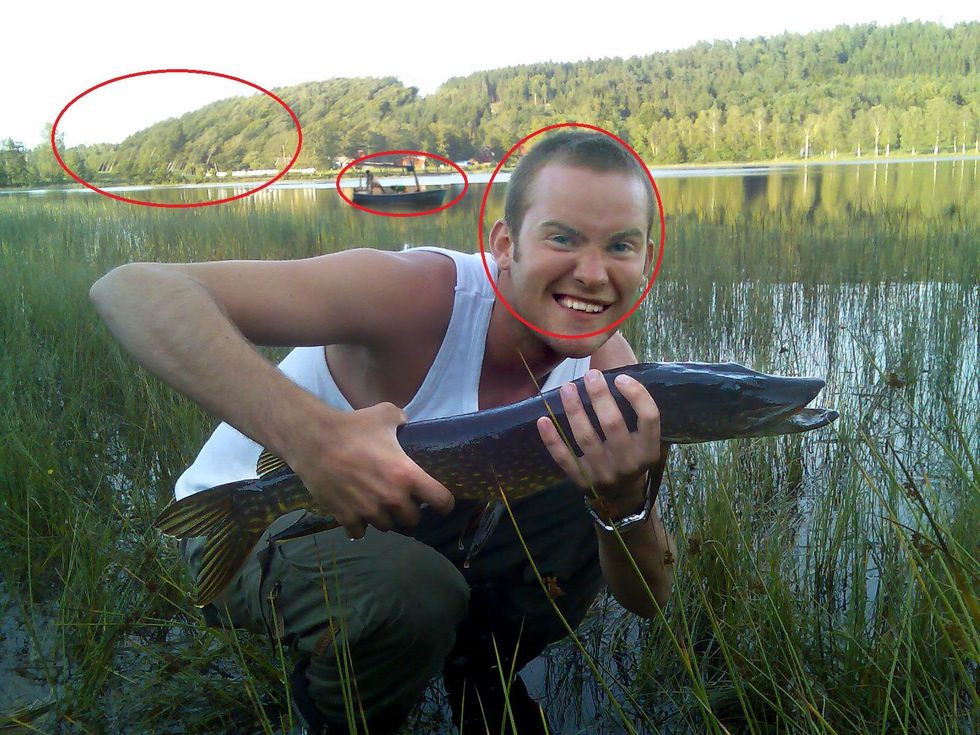
The top image is the one which was manipulated by Nightingale's team. These were the changes you can see:
- The tree line has been manipulated.
- A boat was added.
- The subject's face has been airbrushed.
Spotting a fake next to an original is easy, and also not how faked images work.
Have another go:
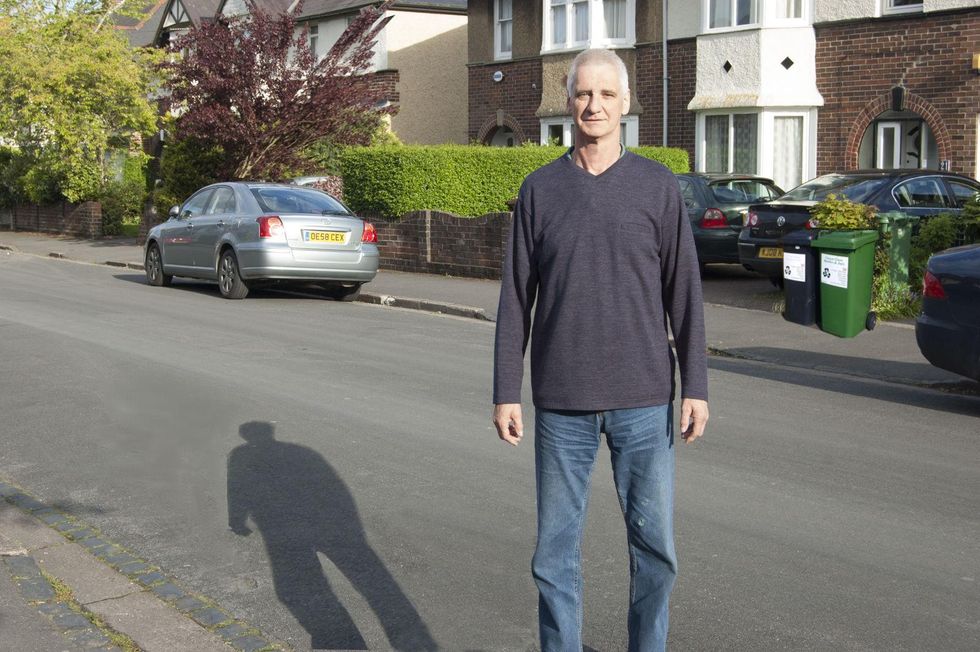
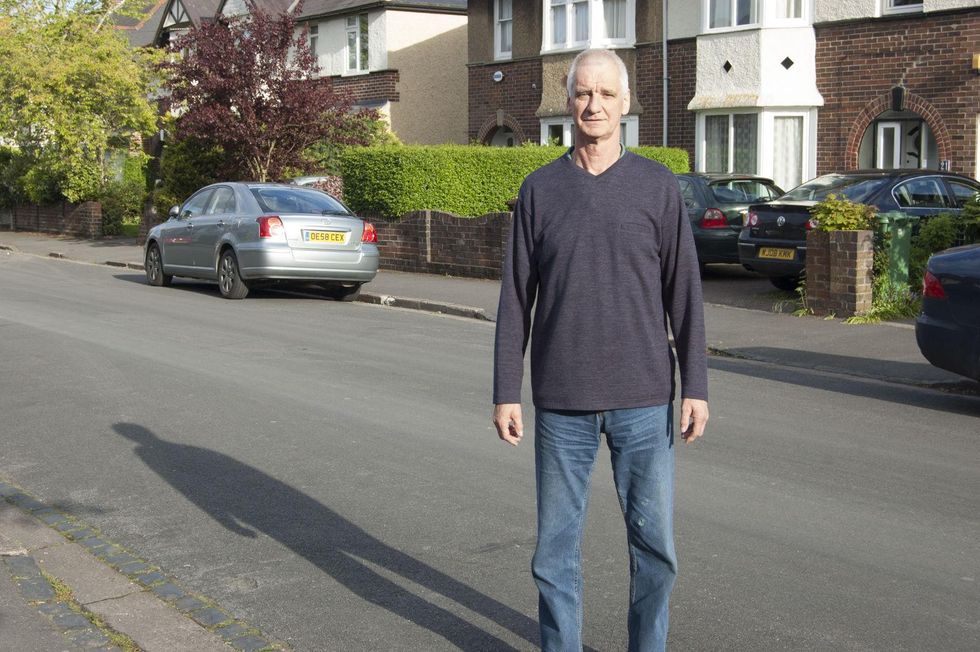
Nightingale told the Daily Mail:
Our study found that although people performed better than chance at detecting and locating image manipulations, they are far from perfect...
This has serious implications because of the high-level of images, and possibly fake images, that people are exposed to on a daily basis through social networking sites, the internet and the media.
Which is the original?
Once again, the bottom image is the original. Here's what was changed for the top photo?
- The bins have been added.
- The trees have been distorted.
- The shadow has been distorted.
- The subject's face has been airbrushed.
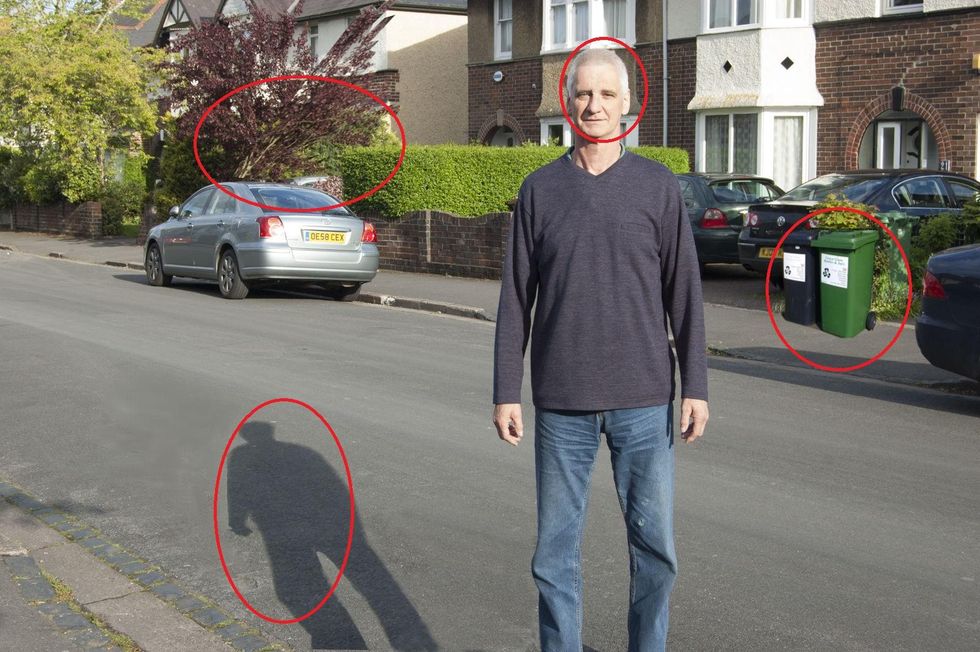
'Fake news' is not new
While the President of the United States may have popularised the term, doctoring photos for your own political purpose is hardly new.
In Soviet propaganda it's easy to know Trotsky has been doctored from the image, but only when you see the original photo next to it.
Original
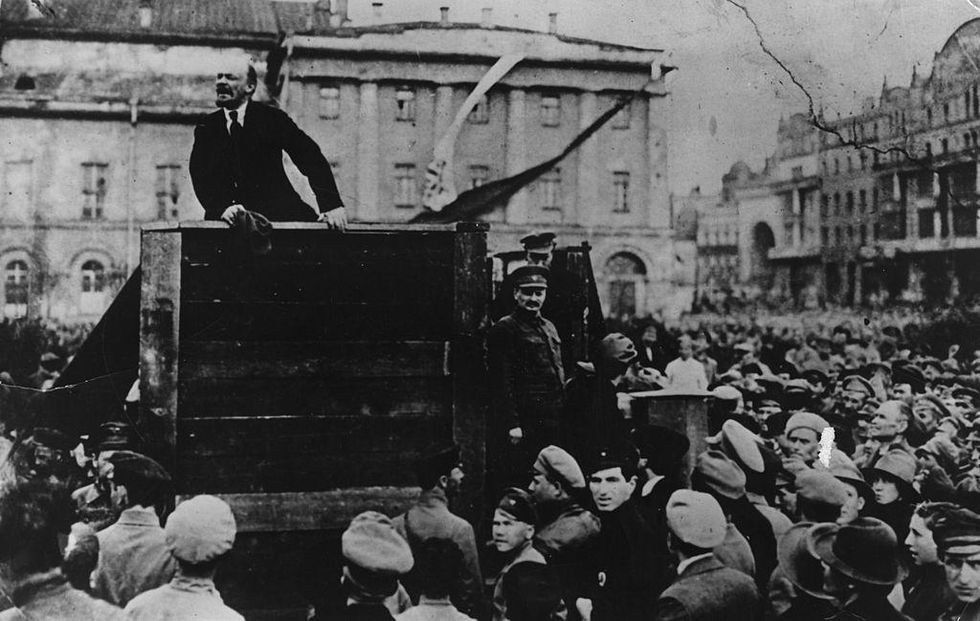
Fake
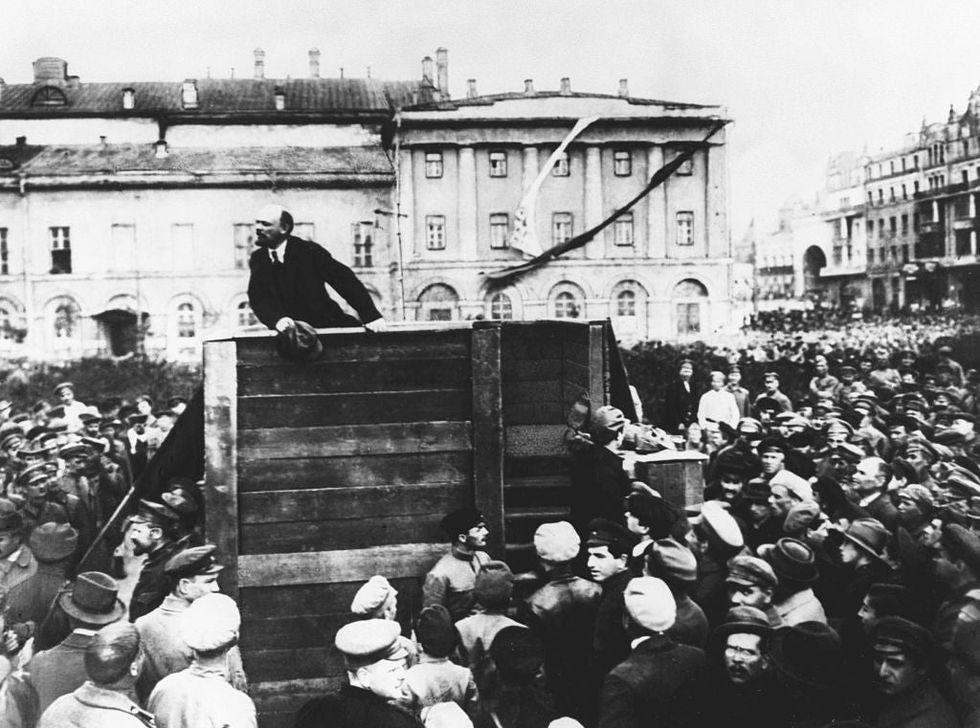
You can try you luck at the study from Warwick University can be completed here.
HT Mirror, Daily Mail
Top 100
The Conversation (0)
